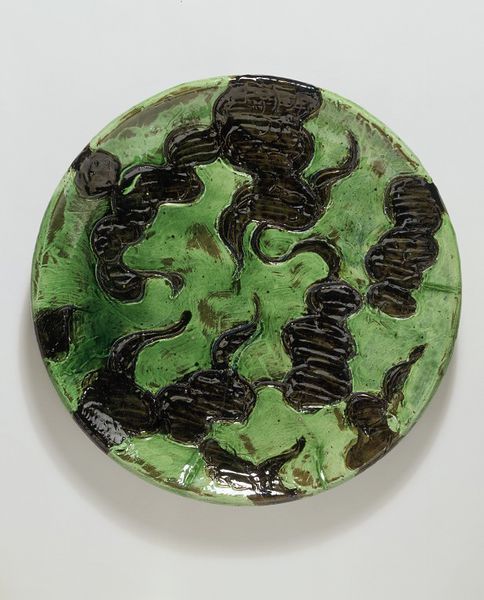Living in a globalized society, I can't quite imagine many things that are entirely unaffected by outside influences. Even the oldest cultures were influenced by their contemporary cultures. For example, Classical Greece was heavily influenced by Egypt among others. Nevertheless, we can look back on Greece as a specific culture with particular artistic styles not because it was an entity separate from all others but because through tradition, Greek style was able to crystalize into its own entity.
If we consider Danish Design then, yes, Denmark was heavily influenced by Western Europe and Scandinavia. By the 19th century, American ideas of democracy and freedom began to incorporate themselves into the Danish mindset. And as we see in Bindesbøll's ceramics, Japanese and Mexican artistic traditions managed to inspire new designs. But regardless of all of these outside influences, we can still recognize a distinct Danish Design tradition, not only because of it's rich history but also because of the Danish rooted schools of thought, a common mindset shared by Danes, and the influence of the Danish landscape.
 Glazed Earthenware Dish, by Bindesbøll, Thorvald
Glazed Earthenware Dish, by Bindesbøll, Thorvald http://media.vam.ac.uk/media/thira/collection_images/2006AU/2006AU9413_jpg_l.jpg
The role of history in design is inescapable, especially when we consider design as a process of reformulation rather than creation. Although Danes were (and still are) constantly influenced by outside forces, they were nevertheless working within a Danish tradition that from the very beginning valued craftsmanship, resourcefulness and functionality. Furthermore, these traditions were the result of Denmark's landscape - the limited resources, cold ad windy climate, and gently rolling hills. And of course, then there is the traditional master/apprentice relationships and the art institutions such as Bauhaus and Ulm School, both of which created designers who were dedicated to upholding the Danish tradition of greatness all while pushing the bounds of design further. Therefore, Danish design exists in the designers who are admittedly influenced by a multitude of outside forces, nevertheless exist in a Danish society.
And I believe it is this Danish mindset that allows Danish Design to get close to achieving democratic product design. Gruntvig's educational philosophy that promoted the importance of an education focused on education for all created a nation of people that expects to have design in their daily lives. The welfare society also created a nation that is invested in one another so that they truly believe that good design should be available to the masses. And again, Denmark's limited resources established a dedication to making produces that were not excessive but highly functional and resourceful. With these values in the forefront of the Danish mindset, designers were prepared to products that could be easily mass produced while still being highly aesthetic in their simplicity of form. Perhaps then it is this end product that can reconcile borrowed inspiration and true Danishness.



No comments:
Post a Comment